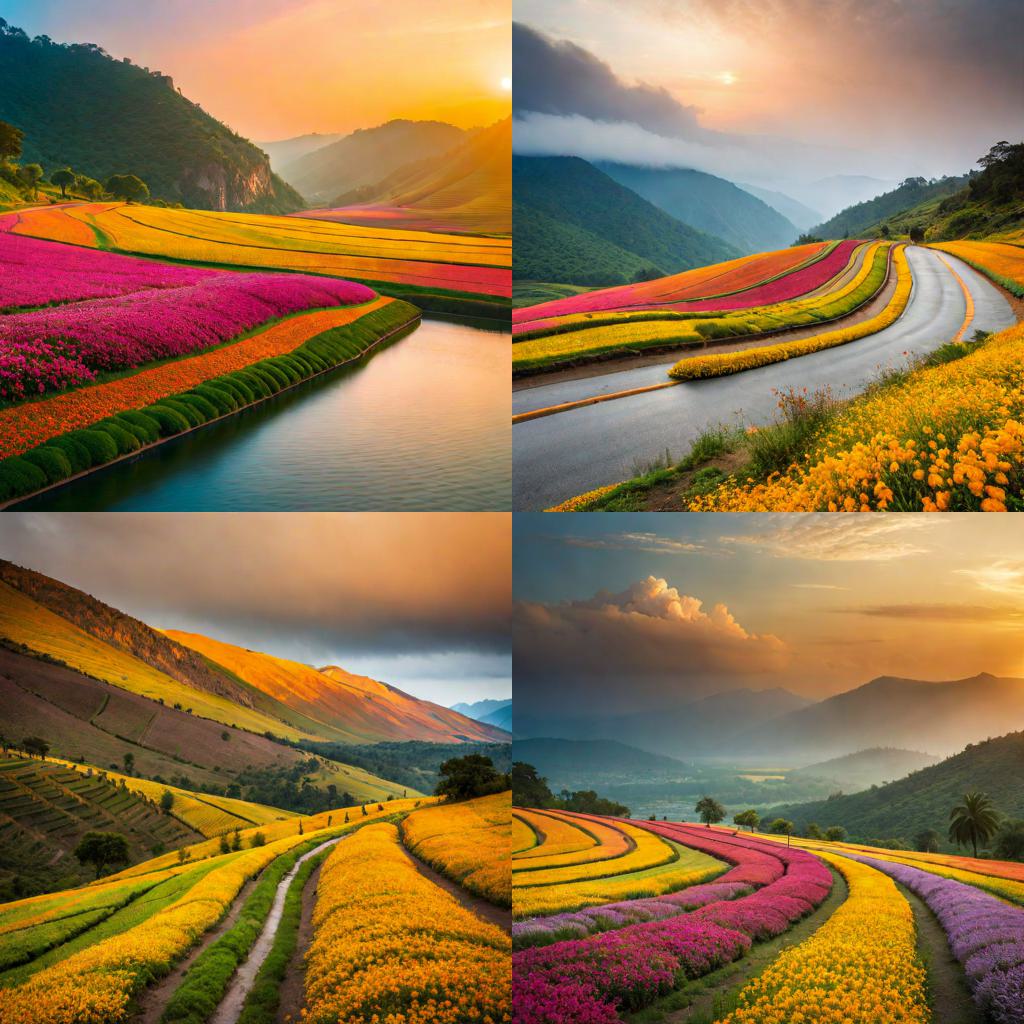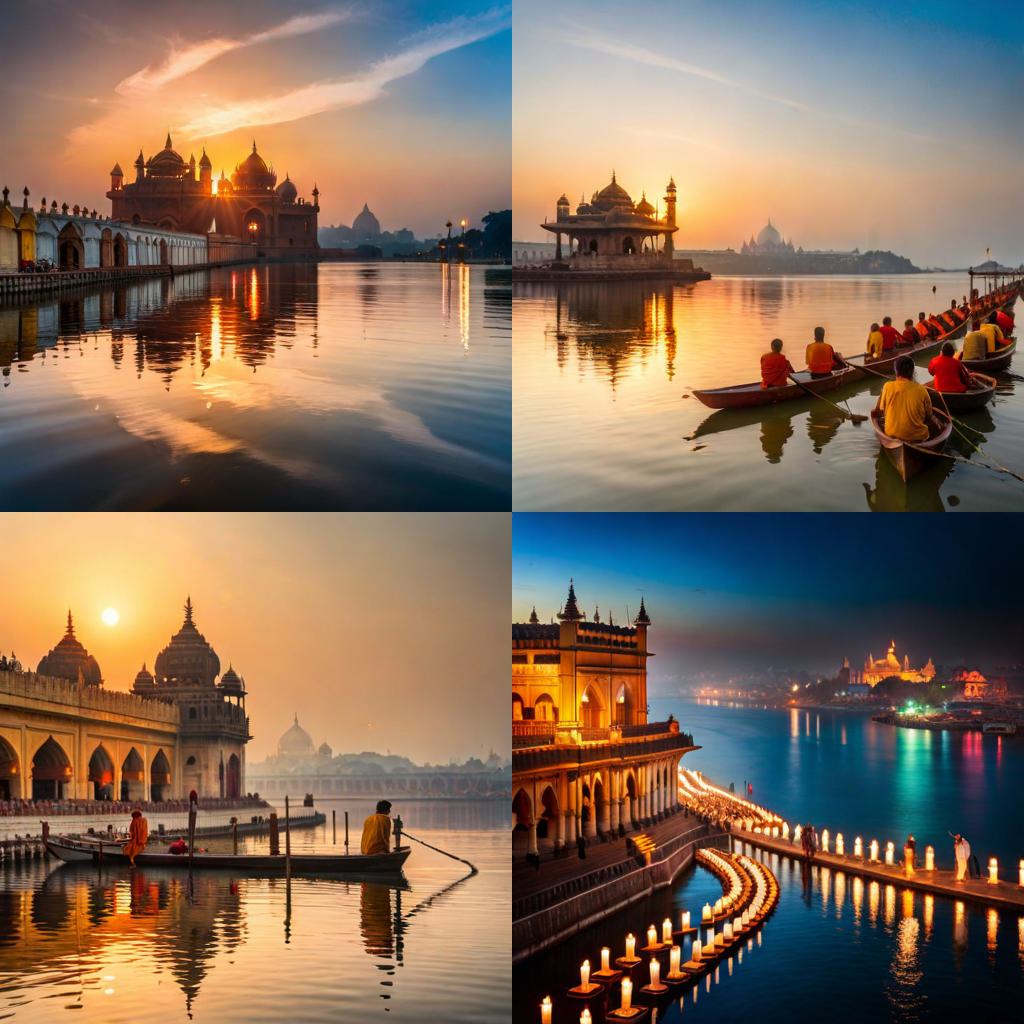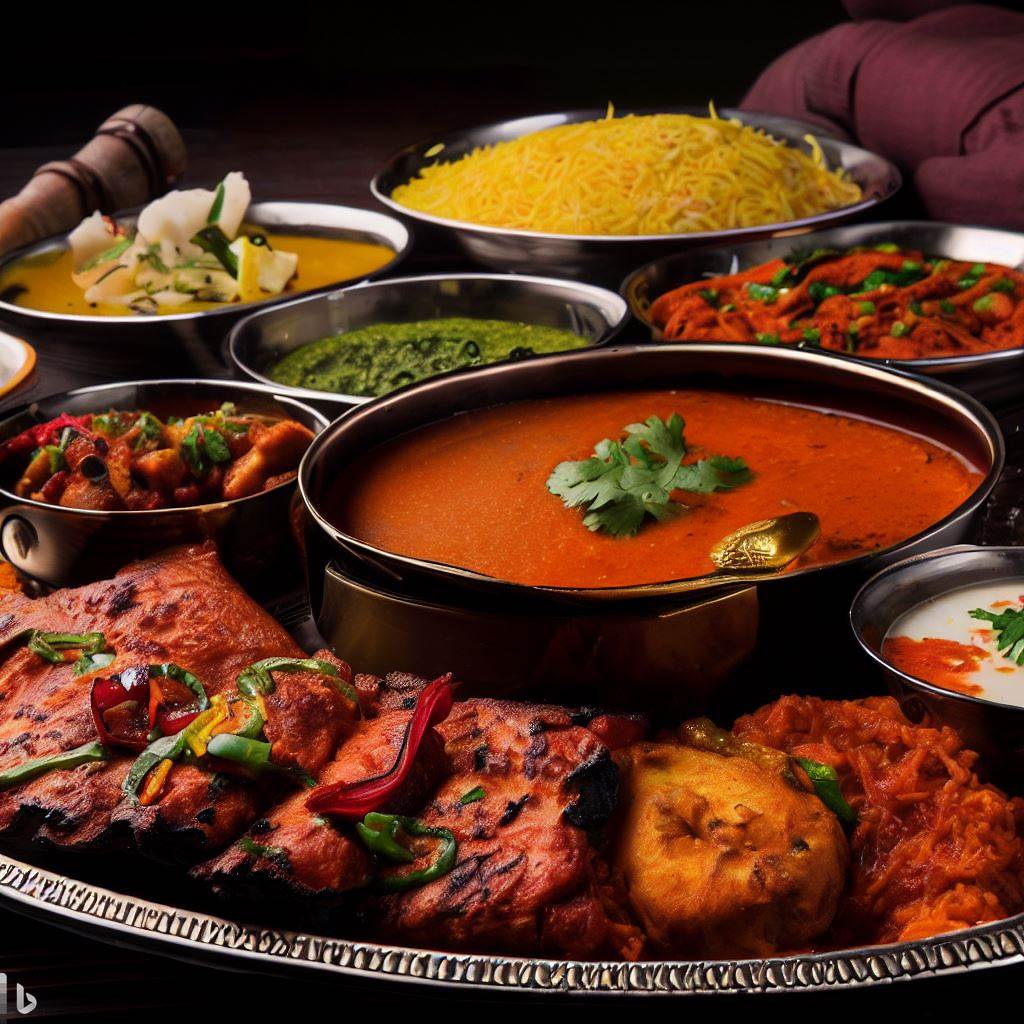India experiences four main seasons with each bringing delightful transformations. From the vivid colors of spring to the serene blankets of winter, seasonal changes present unique allure.
Spring’s Floral Burst
As winter ends, India blooms vividly. Himalayan cherry blossoms and fields of marigolds paint vistas. Fragrant blooms permeate as festival celebrations like colorful Holi unite communities.
Summer’s Warmth
Summer arrives with intense heat. Golden sunlight reaches everywhere as hill stations and coastal towns provide refuge. Crowds diminish allowing focused travel.
Monsoon’s Refreshing Rains
Parched lands awaken green with monsoon moisture. Scented rains nourish crops and Teej/Onam festivals honor monsoon’s gifts. Farmers plant as steady downpours replenish reserves.
Autumn’s Harvest Hues
Ripening harvests dye plains with tones of gold and amber. Diwali’s illuminated nights reflect gratitude for nature’s bounties. Weather cools inviting explorations.
Winter’s Regions and Revelries
While north India freezes, mild southern areas shelter visitors. Popular hill towns offer escapades amid snowy scenery alongside cultural festivities.
Best Times to Visit
Winter attracts fewer travelers amid pleasant weather. Summer shortcuts flights but requires careful planning. Monsoon pleasures require an adventurous spirit. Autumn equinox balances experiences.
Cultural Impact
Seasons don’t just affect nature; they instill a lifestyle. Each presents threads in India’s rich cultural tapestry. Let seasons guide your immersive journey amid diverse attractions and festivities.
Planting and Harvest Seasons
The monsoon rains are vital for agriculture, as they provide moisture for crop cultivation across most of India. Two primary crops are grown each year – the kharif or monsoon crops from June to October, and the rabi or winter crops from November to March. Different regions grow specific crops suited to their climate and weather patterns.
Rural Livelihoods
Seasons dictate livelihoods in rural communities. During summer, mango trading is a major occupation in some states. Post-monsoon often sees fishermen ply along coastal waters. Come winter, mountains open to trekkers providing seasonal work. Many cultural celebrations also stem from agricultural seasons.
Celebrating Seasonal Cycles
Holi invokes springtime delight, Pongal honors winter harvests, and Onam gives thanks for summer crops. Season-centric traditions carry deep-rooted significance for communities and foster cultural continuity. Festivities showcase India’s diversity while instilling appreciation for changes in the natural world.
Tourism Highs and Lows
Peak travel seasons like October-March attract greater crowds and demand premium prices in top destinations. However, off-season trips during summer or post-monsoon yield lower costs with fewer travelers. Some areas only open seasonally like the high altitude Ladakh region.
Regional Variances
While overall seasons remain consistent, date ranges and characteristics can differ in diverse geographic zones. The Western Ghats see higher rainfall than the Thar Desert. And higher Himalayan regions experience colder, snowier winters compared to the plains. Distinct seasonal pockets add uniqueness to local experiences.
Climate Change Impacts
Scientists note shifting rainfall patterns, rising temperatures and melting glaciers affecting seasonal cycles. Communities tied to land and traditional harvest times face disruptions requiring adaptive strategies. Sustainable practices help curb seasonal threats from climate change.





Hello to every one, the contents existing at
this web page are in fact remarkable for people knowledge, well, keep up the nice work fellows.